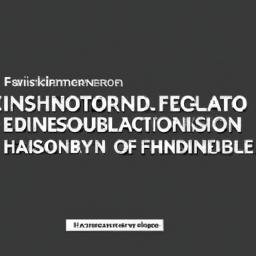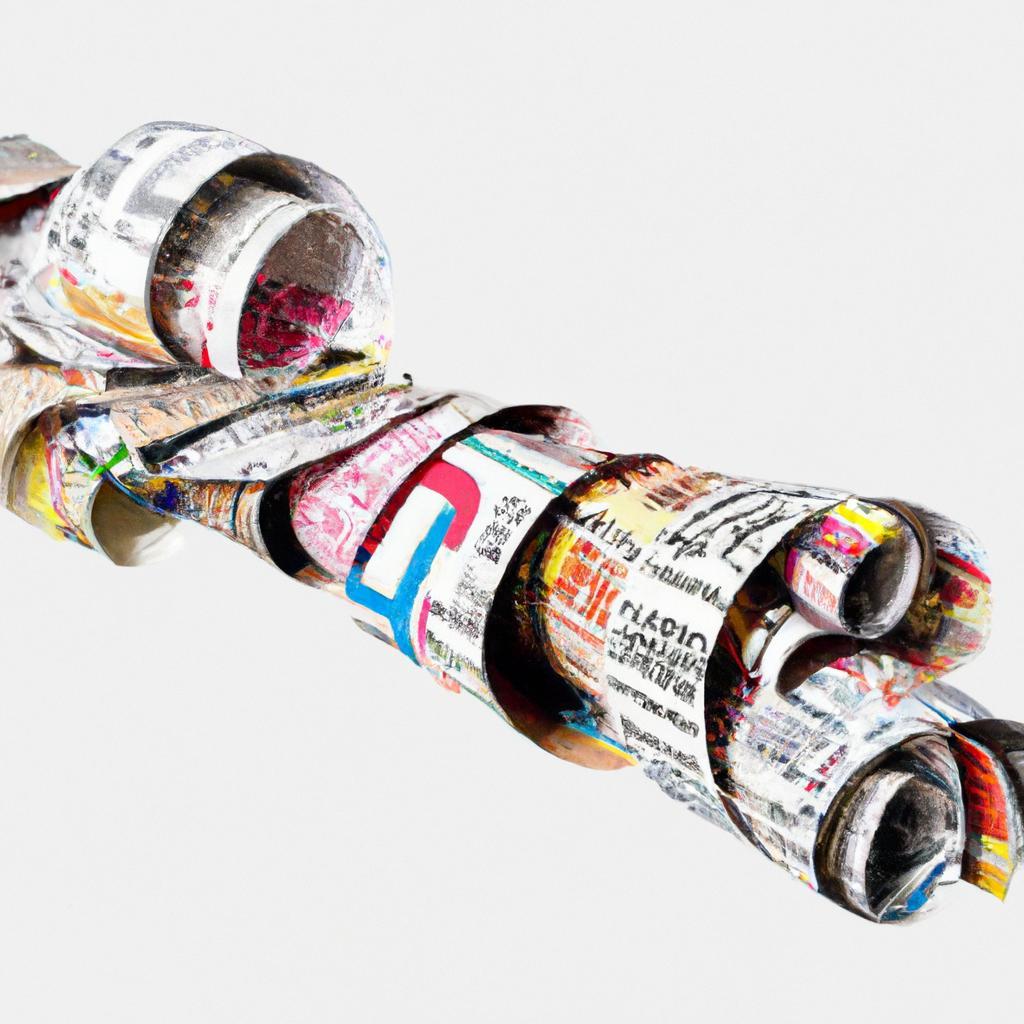Unraveling fashion Language: insights from Teh Fashion Encyclopedia
in a world where style speaks volumes, the language of fashion transcends mere textiles and stitches, weaving a narrative rich with history, culture, and innovation. At the intersection of artistic expression and individual identity lies an intricate lexicon that not only defines trends but also shapes societal norms. “The Fashion Encyclopedia” emerges as a comprehensive guide, demystifying this complex jargon and unveiling the stories behind the garments that adorn us. From the delicate curves of a silhouette to the vibrant hues of seasonal palettes, each term resonates with deeper meanings waiting to be explored. In this article, we delve into the profound insights offered by this essential resource, illuminating how understanding fashion language can enhance our gratitude of the artistry involved while enriching our personal style journeys.Join us as we embark on this enlightening exploration, unraveling the rich tapestry that is the language of fashion.

Decoding Style Terminology for Enhanced Fashion Communication
Fashion is far more than fabric and thread; it’s a complex language of its own, filled with terms that convey depth, aesthetics, and cultural significance. Understanding this lexicon is essential for anyone looking to communicate effectively within the fashion sphere. From silhouettes that define the outline of garments to textures that describe the tactile qualities of a fabric, being fluent in style terminology allows for richer conversations about style. Additionally, terms like nuances and accents can transform how we articulate individual expression through clothing. Here’s a glimpse into essential terminology that can elevate your fashion discussions:
- Silhouette: The overall shape of a garment.
- Fabric Weight: Refers to the heaviness or lightness of a material.
- Cut: The way a piece of clothing is tailored or assembled.
- Palette: The range of colors used in a collection or outfit.
- Silk vs. Satin: the difference in weave and finish that impacts shine and flow.
Moreover,the intersection of fashion terms with broader cultural movements has birthed a rich vocabulary rooted in history and innovation. Terms like streetwear and sustainable fashion reflect societal shifts and consumer awareness,thereby enriching our fashion discourse. To further clarify these concepts, here’s a simple guide to distinguish between essential fashion styles:
| Style | Description |
|---|---|
| Bohemian | Eclectic styles, often featuring vibrant colors and patterns. |
| Minimalist | Focus on simplicity and functionality, with a neutral color palette. |
| Avant-Garde | Pushing boundaries with innovative designs and unconventional materials. |
| Vintage | incorporating styles from past decades, often characterized by unique cuts. |

Exploring Cultural Influences: The Language Behind Global Fashion Trends
The world of fashion is a vibrant tapestry woven from diverse cultural threads, where each garment tells a story influenced by geography, tradition, and societal changes. Fashion, often regarded as a global language, transcends borders and speaks to our shared human experience. The essence of trends often reflects specific cultural milestones, such as the rise of sustainable practices inspired by environmental movements or the resurgence of vintage styles that honor past aesthetics.In this dynamic surroundings,trends emerge not only as seasonal collections but also as dialogues between various cultures. Understanding these connections is essential for decoding the ever-evolving language of fashion.
Global fashion trends are not simply created; they are cultivated through a rich interplay of social media, celebrity influence, and local craftsmanship. Iconic pieces from different corners of the world provide a lens through which we can examine cultural exchanges. As an example, the rise of streetwear heralds a unique blend of urban expression and high fashion, while conventional textiles find thier way onto runways, celebrating craftsmanship and heritage. To illustrate this point, consider the following table showcasing notable fashion influences across continents:
| Region | Influence | Key Trend |
|---|---|---|
| Asia | Fusion of Tradition and Modernity | Kimono-inspired streetwear |
| Africa | Vibrant textiles and Patterns | Kente cloth in contemporary designs |
| Europe | Sustainable Fashion | Upcycled luxury collections |
| Americas | Cultural Heritage and Identity | Native motifs in casual wear |
This network of influences demonstrates that fashion is continuously evolving, embodying a rich dialog rooted in respect and appreciation for other cultures. As we navigate this landscape, it becomes increasingly important to celebrate and honor the stories behind the trends, recognizing that every stitch is a reflection of the unique history and identity from which it comes.

Building an Inclusive fashion Vocabulary for diverse Audiences
Language is not just a tool for communication; in the realm of fashion, it shapes identity and fosters connection among diverse communities. To build a more inclusive fashion vocabulary, it is essential to recognize and appreciate the multiple contexts in which fashion exists. This means expanding beyond traditional terminologies and incorporating words and phrases that resonate across different cultures, experiences, and genders. For instance, acknowledging indigenous terminology can enrich discussions around textiles and craftsmanship, while celebrating gender-neutral terms can help dismantle societal norms. By actively inviting input from various voices, the language of fashion can mirror the myriad identities it serves.
Moreover, the evolution of fashion language also necessitates an understanding of the impact it has on consumer perception and inclusivity. Brands can engage diverse audiences more effectively by using language that is intentional and affirming. Consider the following strategies for building an inclusive fashion lexicon:
- Embrace Regional Dialects: Highlight local terminology that conveys authenticity.
- Foster Dialogue: Encourage discussions with consumers to gather insights on their preferred terminology.
- Adapt Marketing Materials: Ensure that promotional texts reflect inclusive language practices.
By translating these strategies into actionable steps, the industry can move towards fostering a collaborative and welcoming marketplace. Establishing a shared vocabulary will not only empower marginalized groups but will also create authentic connections that resonate with fashion enthusiasts worldwide. For a clearer understanding of how language evolves within the industry, below is a brief overview of emerging terms and their significance:
| Term | Significance |
|---|---|
| Deconstructed | Refers to breaking down traditional silhouettes, promoting versatility. |
| Gender-fluid | Highlights clothing that is not confined to traditional gender norms. |
| Upcycled | Focuses on sustainability by transforming old garments into new pieces. |
Insights and Conclusions
As we embark on the closing chapter of our exploration into “Unraveling Fashion Language,” the insights gleaned from The Fashion Encyclopedia stand as a testament to the intricate tapestry that is the world of fashion. Each term, concept, and historical reference weaves together diverse narratives, inviting us to appreciate not only the garments we wear but also the stories and cultures they embody.
In a realm where expression and identity intersect, understanding fashion language opens the door to deeper appreciation and connection. As you navigate your own style journey, may you find inspiration in these insights and continue to question, learn, and celebrate the ever-evolving dialogue of fashion.
Let this be a reminder that fashion is more than mere aesthetics; it is a language unto itself-one that speaks volumes about who we are and how we wish to be perceived. So, armed with the knowledge from The Fashion Encyclopedia, venture forth and let your wardrobe tell your unique story.

